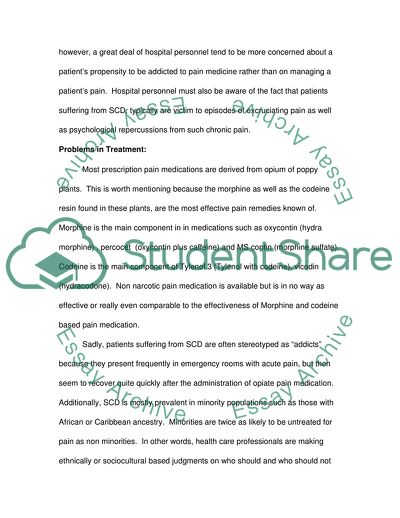Cite this document
(Analysis of Sickle Cell Disease Case Study Example | Topics and Well Written Essays - 2750 words, n.d.)
Analysis of Sickle Cell Disease Case Study Example | Topics and Well Written Essays - 2750 words. https://studentshare.org/health-sciences-medicine/1715303-health-psychology-case-study
Analysis of Sickle Cell Disease Case Study Example | Topics and Well Written Essays - 2750 words. https://studentshare.org/health-sciences-medicine/1715303-health-psychology-case-study
(Analysis of Sickle Cell Disease Case Study Example | Topics and Well Written Essays - 2750 Words)
Analysis of Sickle Cell Disease Case Study Example | Topics and Well Written Essays - 2750 Words. https://studentshare.org/health-sciences-medicine/1715303-health-psychology-case-study.
Analysis of Sickle Cell Disease Case Study Example | Topics and Well Written Essays - 2750 Words. https://studentshare.org/health-sciences-medicine/1715303-health-psychology-case-study.
“Analysis of Sickle Cell Disease Case Study Example | Topics and Well Written Essays - 2750 Words”. https://studentshare.org/health-sciences-medicine/1715303-health-psychology-case-study.


